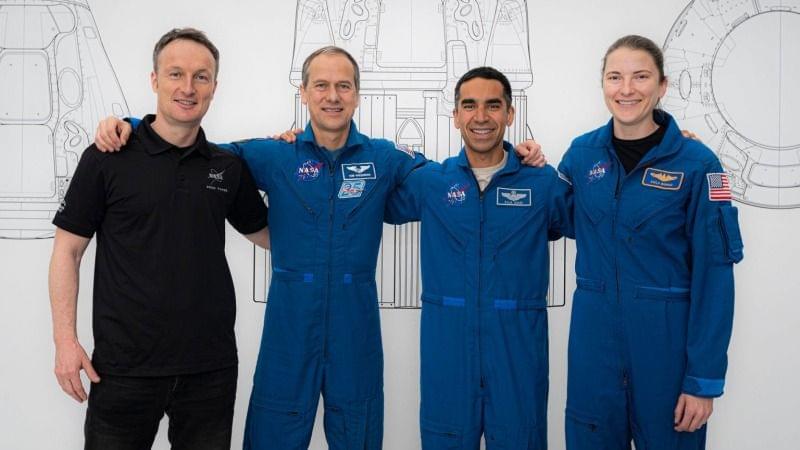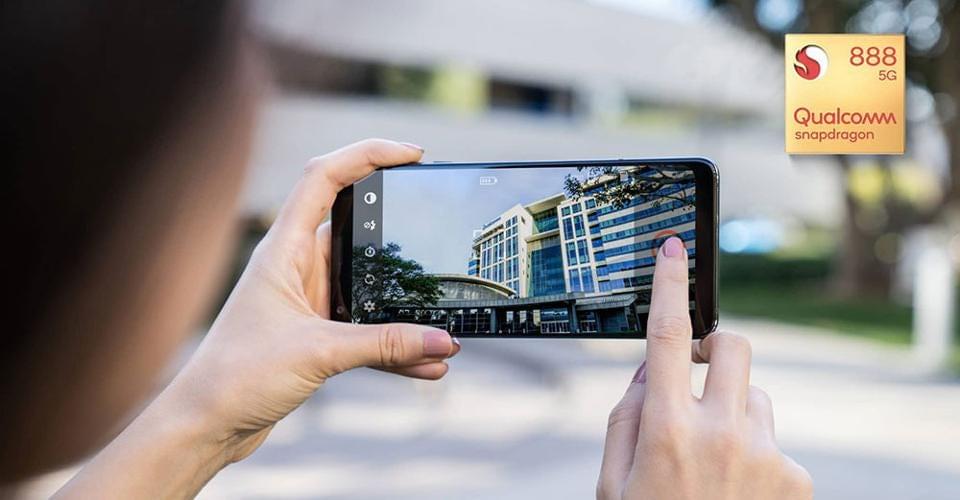NASA has a launch date for that most Hollywood of missions, the Double Asteroid Redirection Test, which is basically a dry run of the movie “Armageddon.” Unlike the film, this will not involve nukes, oil rigs or Aerosmith, but instead is a practical test of our ability to change the trajectory of an asteroid in a significant and predictable way.
The DART mission, managed by the Planetary Defense Coordination Office (!), involves sending a pair of satellites out to a relatively nearby pair of asteroids, known as the Didymos binary. It’s one large-ish asteroid, approximately 780 meters across — that’s Didymos proper — and a 160-meter “moonlet” in its orbit.
As the moonlet is more typical of the type likely to threaten Earth — there being more asteroids that are that size and not easily observed — we will be testing the possibility of intercepting one by smashing into it at nearly 15,000 miles per hour. This will change the speed of the moonlet by a mere fraction of a percent, but enough that its orbit period will be affected measurably. Knowing exactly how much will help us plan any future asteroid-deflection missions — not surprisingly, there isn’t a lot of existing science on ramming your spacecraft into space rocks.





